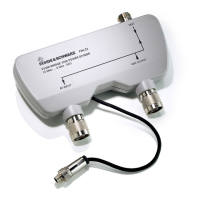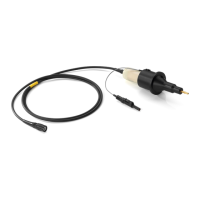TriggerMXO 4 Series
140User Manual 1335.5337.02 ─ 07
7 Trigger
● Basics of triggering................................................................................................140
● Common trigger settings.......................................................................................142
● Trigger sequence.................................................................................................. 144
● Trigger types......................................................................................................... 146
● Trigger mode / holdoff........................................................................................... 169
● Hysteresis............................................................................................................. 171
● Channel filter.........................................................................................................173
● Actions on trigger.................................................................................................. 174
7.1 Basics of triggering
Triggering means to capture the interesting part of the relevant waveforms, and the
trigger point is the determining point in the waveform record. Choosing the right trigger
type and configuring all trigger settings correctly allows you to detect various incidents
in analog, digital, and protocol signals.
How the instrument triggers
A trigger occurs if the complete set of trigger conditions is fulfilled. The instrument
acquires continuously and keeps the sample points to fill the pre-trigger part of the
waveform record. When the trigger occurs, the instrument continues acquisition until
the post-trigger part of the waveform record is filled. Then it stops acquiring and waits
for the next trigger. When a trigger is recognized, the instrument does not accept
another trigger until the acquisition is complete and the holdoff time has expired.
Trigger setup
A simple trigger setup includes:
●
Source of the trigger signal
●
Trigger type selection and setup
●
Horizontal position of the trigger, see: Chapter 6.1.1, "About the horizontal system",
on page 105
●
Trigger mode
The MXO 4 provides various trigger types for troubleshooting and signal analysis, for
example, edge trigger, glitch trigger, interval trigger, pattern trigger, and much more.
For complex tasks like verifying and debugging designs, advanced trigger settings are
available:
●
Filter to remove high or low frequencies from the trigger signal
●
Hysteresis to avoid unwanted trigger events caused by noise
●
Holdoff to define exactly which trigger event causes the trigger
●
Trigger sequences to combine several event conditions
Basics of triggering

